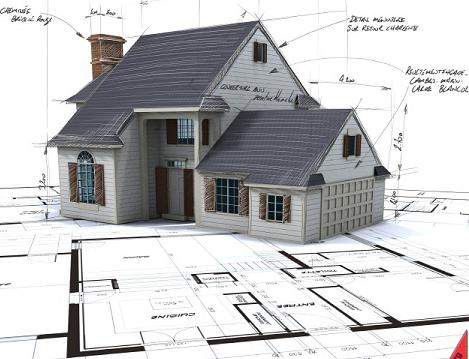In the ever-evolving landscape of engineering and design, the role of drafting services has become increasingly significant. Drafting serves as the cornerstone of translating creative concepts into tangible, detailed plans, enabling seamless communication among stakeholders and fostering the realization of innovative ideas. This essay explores the multifaceted importance of drafting services in modern industries, delving into their role in project development, collaboration, and overall efficiency.
Precision and Clarity: Drafting services play a pivotal role in ensuring precision and clarity in the visualization of architectural and engineering designs. By meticulously representing intricate details, dimensions, and specifications, drafts serve as a common language that architects, engineers, and builders can understand and follow. This precision not only aids in avoiding misunderstandings but also contributes to the accuracy of the final product.
Blueprint for Construction: Drafting services provide the blueprint for construction projects. Whether it’s a residential building, a complex infrastructure project or a manufacturing facility, drafts act as a guide for builders and contractors, outlining the exact specifications and requirements. This blueprint is indispensable in achieving consistency and uniformity in construction, reducing the likelihood of errors and rework.
Facilitating Collaboration: Collaboration is at the heart of successful project execution. Drafting services serve as a common ground for architects, engineers, and other stakeholders to collaborate effectively. Digital drafting tools enable real-time collaboration, allowing professionals to work together irrespective of geographical locations. This interconnected approach ensures that all contributors are on the same page, fostering synergy in the design and development process.
Adaptability and Iterative Design: Drafting services enable iterative design processes, allowing for flexibility and adaptability throughout the development stages. Design modifications and improvements can be seamlessly incorporated into drafts, ensuring that the final product meets evolving requirements and standards. This adaptability is crucial in addressing unforeseen challenges and embracing innovation without compromising the integrity of the project.
Technological Advancements: The advent of computer-aided design (CAD) has revolutionized drafting services. CAD software not only expedites the drafting process but also enhances the quality of designs. It enables 3D modeling, simulations, and virtual walkthroughs, providing a more comprehensive understanding of the proposed structures. This technological integration has elevated drafting services to a new level of efficiency and sophistication.
Drafting services are the unsung heroes of modern engineering and design. Their precision, adaptability, and role in facilitating collaboration make them indispensable in the development of architectural marvels, infrastructure projects, and manufacturing ventures. As technology continues to advance, the impact of drafting services will only grow, ensuring that the bridge between creative vision and tangible reality remains robust and reliable.


